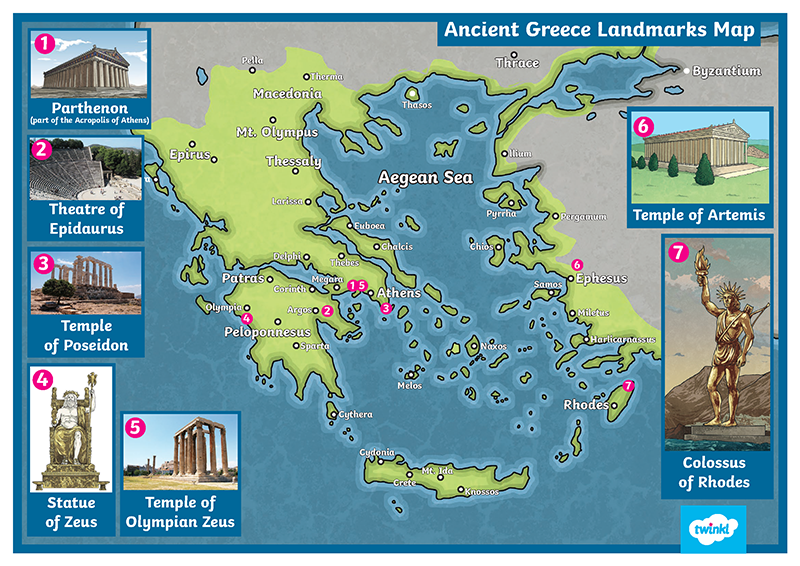Time: 03:50:25 CET
Topic: 1. Divisions of Greece
Tags: geography, Greece, Peloponnesus, Thessaly, Epirus, Vale of Tempe, Dodonean oracle, Zeus, Central Greece, Acarnania, Etolia, Phocis, Boeotia, Attica, Delphi, Thebes, Athens, Arcadia, Achaia, Argolis, Messenia, Laconia, Sparta

A Geographic Tour of Ancient Greece
The long arms of the Aegean Sea carve the Grecian peninsula into three distinct regions: Northern, Central, and Southern Greece.
Southern Majesty: The Peloponnese
The southernmost portion, connected to the mainland by the Isthmus of Corinth, is the famed Peloponnese. This name, meaning "Island of Pelops" after its legendary colonizer, is less common today, where it's often referred to as the Morea. Divided further into eleven districts, some of the most prominent include Arcadia in the center, Achaia in the north, Argolis in the east, and Messenia and Laconia in the south. The powerful city-state of Sparta, Athens' great rival, held dominion over Laconia.
Central Crossroads
Central Greece is a mosaic of eleven districts, including Acarnania, Etolia, Phocis, Boeotia, and Attica. Phocis boasts Delphi, renowned for its oracle and temple dedicated to Apollo. Boeotia is where the prominent city of Thebes was situated, while Attica takes pride in being the cradle of the brilliant city-state of Athens.
Northern Wonders: Thessaly and Epirus
Northern Greece presents a contrasting landscape, encompassing the ancient districts of Thessaly and Epirus. Thessaly boasts a vast, fertile valley encircled by rugged mountains. Celebrated for its breathtaking scenery, it nestled the enchanting Vale of Tempe between Mount Olympus and Mount Ossa. This valley served as the sole gateway into the Thessalian plain from the north. Epirus, stretching along the Ionian Sea on the west, is shrouded in dense oak forests, where the revered Dodonaean oracle of Zeus was mysteriously located.